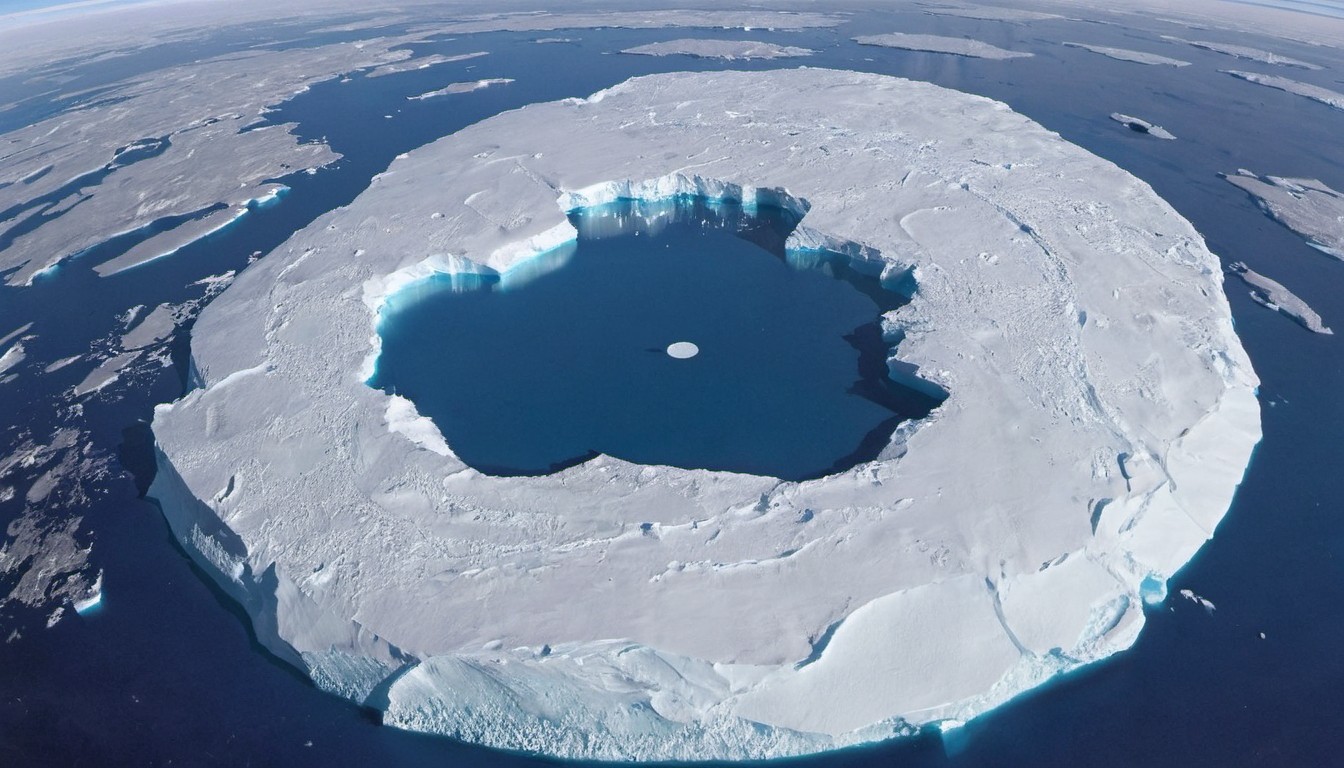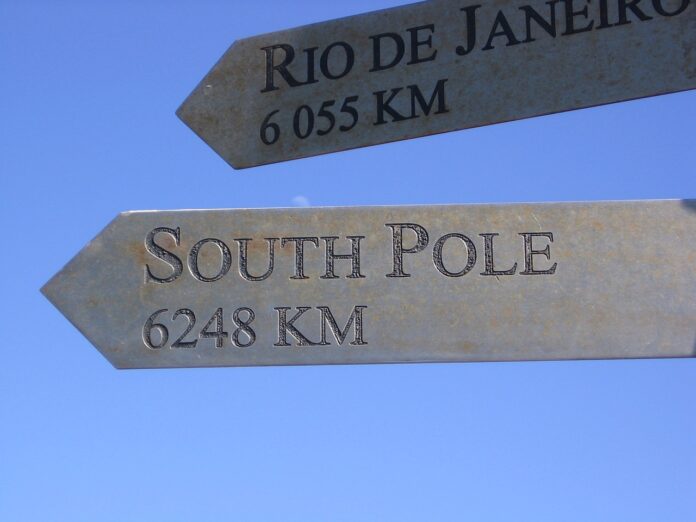The South Pole is one of the most fascinating and extreme places on Earth. Located at the southernmost point of our planet, it has many unique features and interesting facts. Let’s explore more about the South Pole.
Location
The South Pole is situated in Antarctica, the Earth’s southernmost continent. It is at the point where all lines of longitude meet and is opposite the North Pole.
Extreme Cold
The South Pole is one of the coldest places on Earth. Temperatures can drop to as low as -80°C (-112°F) during the winter. Even in the summer, temperatures rarely rise above -20°C (-4°F).
The South Pole is covered by a thick layer of ice, which is about 2,700 meters (8,858 feet) deep. This ice sheet contains about 90% of the world’s fresh water.
The South Pole experiences six months of continuous daylight followed by six months of darkness. This phenomenon is due to the tilt of the Earth’s axis.
Research Stations
There are several research stations at the South Pole where scientists study the climate, ice, and atmosphere. The Amundsen-Scott South Pole Station is the most well-known and has been in operation since 1956.
While the South Pole itself is too extreme for most wildlife, the surrounding Antarctic region is home to penguins, seals, and various seabirds. Emperor penguins are especially famous for living and breeding in the harsh Antarctic conditions.
The South Pole has a rich history of exploration. Norwegian explorer Roald Amundsen was the first to reach the South Pole in 1911, followed by British explorer Robert Falcon Scott a month later.
Interesting Facts about The South Pole:
- Cold Desert: Despite the ice, Antarctica, including the South Pole, is considered a desert due to its very low humidity and precipitation.
- No Time Zones: The South Pole has no specific time zone because all longitudinal lines meet there. Research stations usually use the time zone of their home country or supply source.
- Air Travel: Flying to the South Pole is challenging and rare, often limited to scientific missions and supply drops.
- Aurora Australis: The South Pole is an excellent place to see the Southern Lights, also known as the Aurora Australis, a natural light display caused by the interaction of the solar wind with the Earth’s magnetosphere.
- Inaccessible Pole: The “Pole of Inaccessibility” is a point in Antarctica that is farthest from any coastline and is even more challenging to reach than the geographic South Pole.
- Dry Valleys: Nearby are the McMurdo Dry Valleys, one of the driest places on Earth, with conditions similar to Mars.
- Ice Cores: Scientists drill deep into the ice to extract cores that provide valuable information about past climates and atmospheric conditions.
- Wind Chill: The already cold temperatures can feel even colder due to strong winds, creating a severe wind chill effect.
- Solar Power: Some research stations use solar panels to harness energy during the six months of daylight.
- Under Ice: There are subglacial lakes and rivers beneath the Antarctic ice sheet, with Lake Vostok being one of the largest and most well-known.
- Scientific Cooperation: Many countries collaborate on Antarctic research, making it a symbol of international scientific cooperation.
- Penguin Highways: Penguins create well-trodden paths called “penguin highways” to move between their colonies and the sea.
- Life Adaptations: The extreme conditions have led to unique adaptations in Antarctic wildlife, such as antifreeze proteins in fish.
- Temperature Records: The South Pole holds the record for the lowest natural temperature ever recorded on Earth, which was -89.2°C (-128.6°F) at the Soviet Union’s Vostok Station.
- Meteorites: Antarctica is a prime location for finding meteorites because they are well-preserved in the ice and easily spotted on the surface.
- Remote Work: Researchers often spend months at a time at the South Pole, working in isolation from the rest of the world.
- Glacier Movement: The ice sheet moves slowly, carrying research stations with it. This movement requires periodic adjustments to the positioning of instruments.
- Medical Evacuations: Medical evacuations are extremely difficult and can only occur during the summer months due to harsh winter conditions.
- No Native Population: Unlike the Arctic, there are no indigenous peoples living in Antarctica.
- International Treaty: The Antarctic Treaty, signed in 1959, preserves Antarctica for peaceful scientific research and bans military activity.
- Fossils: Fossils of ancient plants and animals found in Antarctica indicate that it once had a much warmer climate.
- Adélie Penguins: These penguins build nests from stones and are one of the few species that breed on the Antarctic continent.
- Polar Plateau: The South Pole is located on the Antarctic Plateau, a high, flat expanse of ice.
- Station Resupply: Supplies are flown in during the summer months, and careful planning is needed to ensure enough provisions for the winter.
- Research Focus: Studies at the South Pole include glaciology, astronomy, atmospheric sciences, and climate change.
- Ski Expeditions: Some adventurers undertake challenging ski expeditions to reach the South Pole, retracing historic routes.
- No Permanent Residents: Only researchers and support staff live at the South Pole, and their stay is typically temporary.
- Extreme Environment: The harsh environment serves as a testing ground for equipment and technology that might be used in space exploration.
The South Pole is a place of extremes, with its intense cold, continuous daylight and darkness, and thick ice. It is a hub for scientific research and international cooperation, offering valuable insights into our planet’s past, present, and future. Despite its harsh conditions, the South Pole remains a symbol of human curiosity and the drive to explore the unknown.
